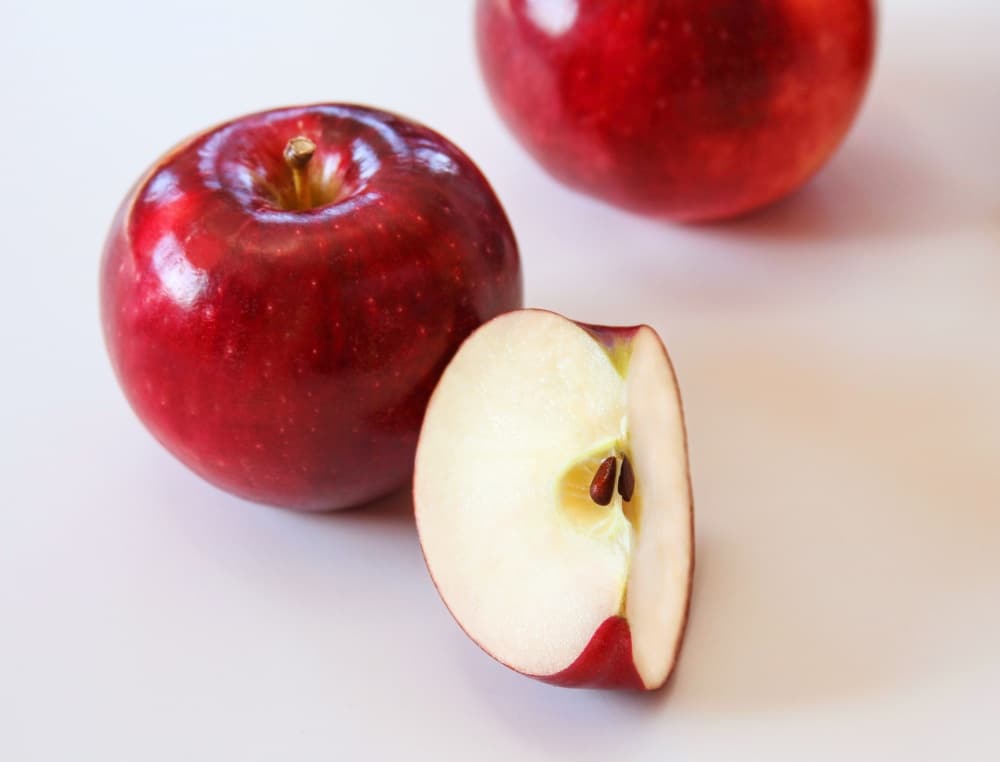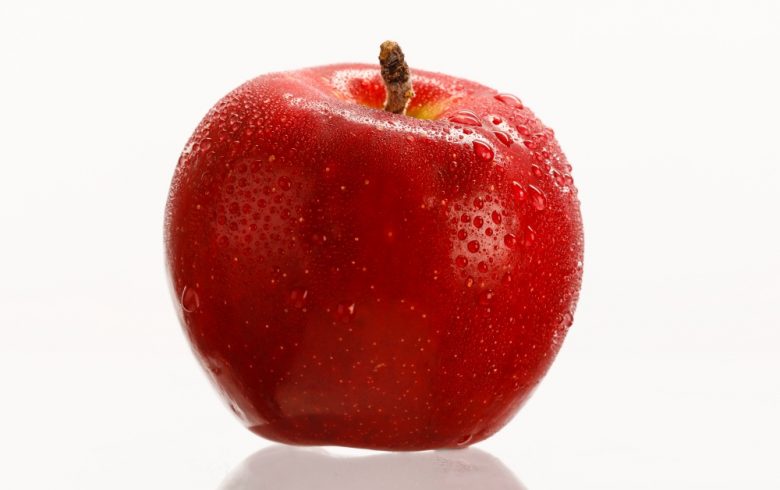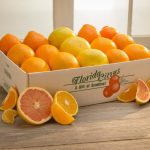The Best New Apple Varieties
Tired of McIntosh and Granny Smith? Here’s a guide to the best new apple varieties you’ll be seeing in supermarkets this fall, plus the best ways to use them.

Coffee By Design | Portland, Maine
Photo Credit : Katherine KeenanThere are so many new apples coming to market these days that the lineup at your local supermarket is probably growing, or at least changing. But which new apple varieties are best, and what’s the best way to use them?
For decades, the typical apple offerings were fixed and finite: Red Delicious, Golden Delicious, Granny Smith, McIntosh, and Macoun. Then came Gala, Fuji, Pink Lady, and Honeycrisp. Today there’s Cosmic Crisp, SnapDragon, Ruby Frost, Arctic Golden (genetically modified to prevent browning after being sliced), and SweeTango, to name a few.
It’s fairly dizzying, but the apple industry has to compete even harder against all the other fruits clamoring for your attention, so they’re betting the house on novelty. Here’s our guide to the best new apple varieties you’ll be seeing in your market in the coming months. Some are hitting the market for the first time, while others have been around a few years but are only now reaching critical mass.
First, a quick note about apple names. While heirloom apples were often named for their breeder or discoverer (see Ashmead’s Kernel, Cox’s Orange Pippin, and Granny Smith) or their hometowns (Westfield Seek-No-Further, Hudson’s Golden Gem), modern apples tend to have names that reflect consumer preferences: Honeycrisp, Cosmic Crisp, SweeTango, Juici. The most successful new varieties offer a honeyed sweetness, just enough acidity, lots of juice, and a pronounced crunch. (Personally, I want more than honeyed sweetness in my apples, so the following picks reflect my own preference for apples with good acidity and structure.)
The 5 Best New Apple Varieties
Cosmic Crisp
The Lowdown: Think of Cosmic Crisp as the “It” apple of the moment. In fact, no other new apple variety has sparked so much excitement (and had such an enormous marketing budget) in its inaugural season. It’s the largest American launch of any new item of produce, ever.
Why all the fuss? The apple was bred at Washington State University, and that state happens to be the largest apple-growing region in the country — 70 percent of American apples are grown there. And when word got out to Washington farmers there was a new easy-to-grow apple with all the appeal of the not-so-easy-to-grow Honeycrisp, they all wanted in. Cosmic Crisp is super crunchy, sweet-tart in flavor, and slow to brown. It also keeps its flavor and texture for months in climate-controlled storage. What’s not to love?
Best Uses: Like Honeycrisp, Cosmic Crisp will be priced as a premium apple, so it’s best enjoyed in fresh preparations: on its own, in a salad, on a cheese platter.
Juici
The Lowdown: The result of a cross between Honeycrisp and Braeburn, the cutely named Juici lives up to its name, though its juice isn’t that much more abundant than that of many other new varieties. It has more complexity than Honeycrisp: The sweetness is richer and the tartness more pronounced. But like its parent, the Juici is dense and heavy, with a terrific crunch. It also holds up exceptionally well in storage.
Best Uses: It’s a great dessert apple, but it also makes a very respectable apple crisp (and isn’t prohibitively expensive).
Piñata (aka Pinova, Corail, Sonata)
The Lowdown: This German native is best known for its crunch, firm flesh, and tropical/pineapple flavors (do we also detect a hint of banana?). That’s quite a departure from the soft floral and spice notes of, say, a Golden Delicious, which is one of the Piñata’s parents, along with Cox’s Orange Pippin and Duchess of Oldenburg. A bolder alternative to the Fuji and Gala, it’s now widely available around the country.
Best Uses: A great snacking apple, the Piñata also holds up well in the oven, so you can use it in pies, crisps, and cakes. It’s a slow browner, so it looks (and tastes) terrific in salads.

Photo Credit : Courtesy of Crunch Time Apple Growers
RubyFrost
RubyFrost comes from the apple breeders at Cornell University, and while it has been in development for about a decade (a fairly speedy gestation for a new apple variety), it’s really reaching critical mass in markets this year. High in vitamin C, this apple has a lovely acidity and citrus overtones, but it’s still bright and sweet in the way of all the new apples. The texture is also a winner: extra crunchy and snappy. A great keeper, it can easily store in your produce drawer for a couple of months.
Best Uses: Like the Piñata, RubyFrost serves as both a fresh-eating apple and a good baker, and it, too, resists browning (notice a theme?).
Opal
The Lowdown: This striking, buttercup-yellow apple was bred in the Czech Republic, the product of a cross between Golden Delicious and Topaz. Like many golden apples, it has thin, tender skin and flavors of honey and vanilla. But a bit of tartness and additional pear notes round out the sweetness. Compared to good old Golden Delicious, Opal is just better: more color, more flavor.
Best Uses: Eat this one fresh, as a snack, or in salads. Yes, you can bake with it, but the flavor really shines with no or very little cooking.
This post was first published in 2019 and has been updated.








My favorite apple is still the Macintosh apple.
MacIntosh is the best all around apple and always will be.
Will these apples show up on the shelves for
Grocery stores in Louisiana???
Honey Crisp, Delicious, Fuji, Gala and in the Fall, Macintosh. Would be nice to have a munch on these newest varieties.
Chilled SnapDragon is my new favorite. No other apple will satisfy my craving.
Nothing beats the old favorite,Courtland.The newer apples just don’t stand up in my opinion.
You did ‘t mention Empire apples
I live in Southern CA and no one sells MacIntosh Apples anymore here. Maybe because there are so many new varieties
Hard to find MacIntosh apples here in Texas. They make the best applesauce and pies.
You can not beat an Empire apple. It is great fresh, stores well, and the ss is fantastic. It does tend to over set fruit, so it may need thinning. Which improves the fruit size. The tree structure is very good also. The new Snap Dragon might give the Empire a run for it’s money.
Love the Cosmic Crisp. Been eating it since it’s first release here in Washington State.
Snap Dragon much better that Cosmic Crisp.
Evercrisp are the BEST. Cross between a Honeycrisp and a Fuji.
Yummy, new apples. Who knew?
Did you forget Empire? It is the best apple ever named. At the NYSAES, the same place that Snap Dragon was just named. It has the same attributes that Empire has.
I sure miss Gravenstein apples. We had a tree growing up and they made the best pies. Almost impossible to find them anymore